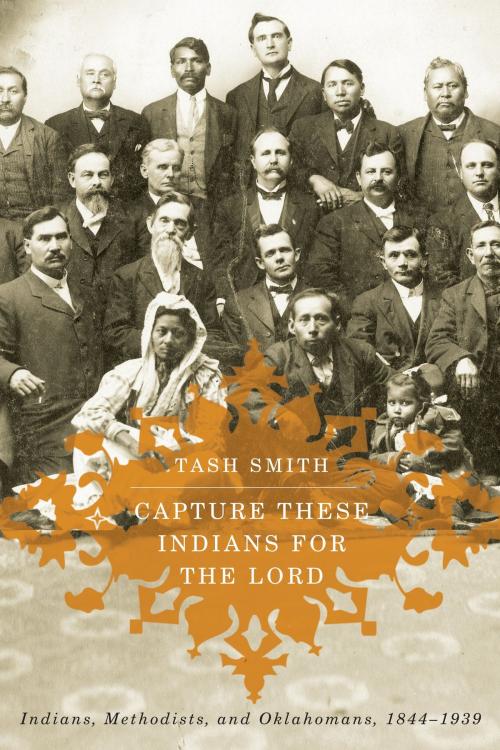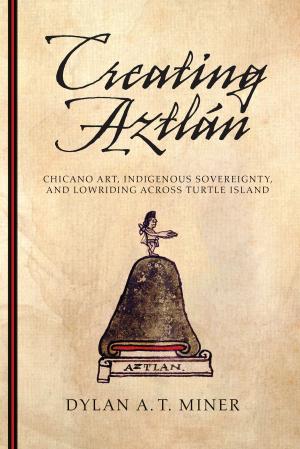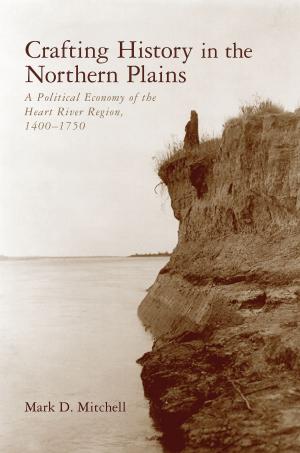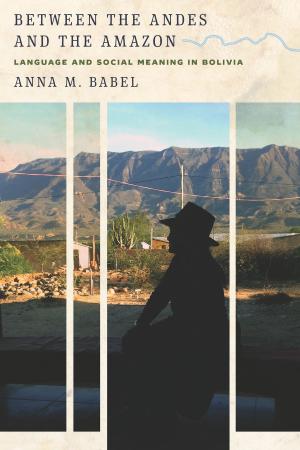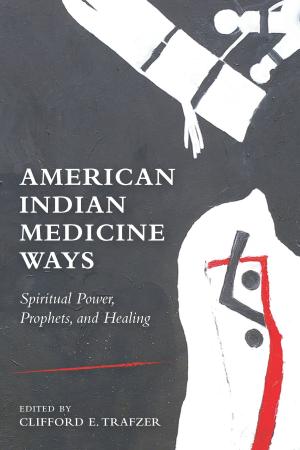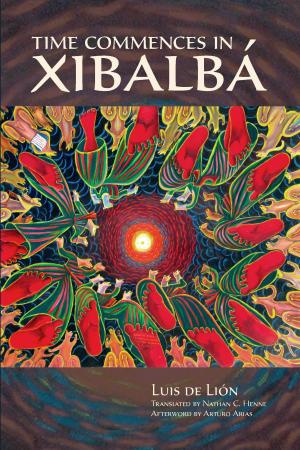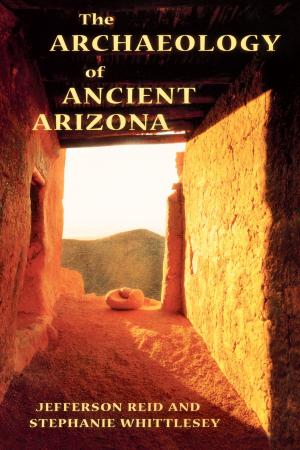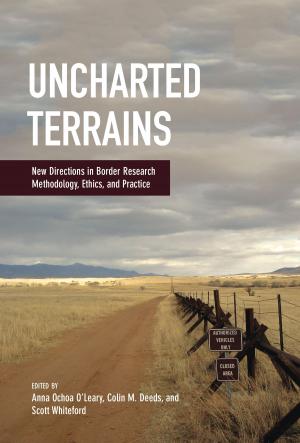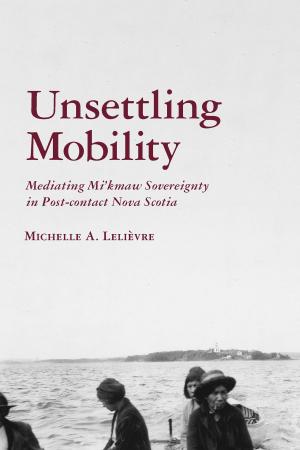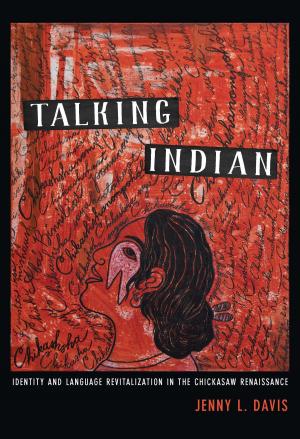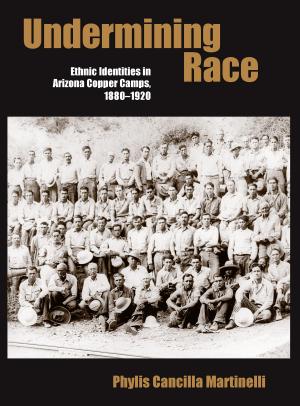Capture These Indians for the Lord
Indians, Methodists, and Oklahomans, 1844-1939
Nonfiction, Social & Cultural Studies, Social Science, Cultural Studies, Native American Studies, History, Americas, United States| Author: | Tash Smith | ISBN: | 9780816598618 |
| Publisher: | University of Arizona Press | Publication: | September 18, 2014 |
| Imprint: | University of Arizona Press | Language: | English |
| Author: | Tash Smith |
| ISBN: | 9780816598618 |
| Publisher: | University of Arizona Press |
| Publication: | September 18, 2014 |
| Imprint: | University of Arizona Press |
| Language: | English |
In 1844, on the heels of the final wave of the forced removal of thousands of Indians from the southern United States to what is now Oklahoma, the Southern Methodist Church created a separate organization known as the Indian Mission Conference to oversee its missionary efforts among the Native communities of Indian Territory. Initially, the Church conducted missions as part of the era’s push toward assimilation. But what the primarily white missionaries quickly encountered was a population who exerted more autonomy than they expected and who used Christianity to protect their culture, both of which frustrated those eager to bring Indian Territory into what they felt was mainstream American society.
In Capture These Indians for the Lord, Tash Smith traces the trajectory of the Southern Methodist Church in Oklahoma when it was at the frontlines of the relentless push toward western expansion. Although many Native people accepted the missionaries’ religious practices, Smith shows how individuals found ways to reconcile the Methodist force with their traditional cultural practices. When the white population of Indian Territory increased and Native sovereignty came under siege during the allotment era of the 1890s, white communities marginalized Indians within the Church and exploited elements of mission work for their own benefit.
Later, with white indifference toward Indian missions peaking in the early twentieth century, Smith explains that as the remnants of the Methodist power weakened, Indian membership regained control and used the Church to regenerate their culture. Throughout, Smith explores the complex relationships between white and Indian community members and how these phenomena shaped Methodist churches in the twentieth century.
In 1844, on the heels of the final wave of the forced removal of thousands of Indians from the southern United States to what is now Oklahoma, the Southern Methodist Church created a separate organization known as the Indian Mission Conference to oversee its missionary efforts among the Native communities of Indian Territory. Initially, the Church conducted missions as part of the era’s push toward assimilation. But what the primarily white missionaries quickly encountered was a population who exerted more autonomy than they expected and who used Christianity to protect their culture, both of which frustrated those eager to bring Indian Territory into what they felt was mainstream American society.
In Capture These Indians for the Lord, Tash Smith traces the trajectory of the Southern Methodist Church in Oklahoma when it was at the frontlines of the relentless push toward western expansion. Although many Native people accepted the missionaries’ religious practices, Smith shows how individuals found ways to reconcile the Methodist force with their traditional cultural practices. When the white population of Indian Territory increased and Native sovereignty came under siege during the allotment era of the 1890s, white communities marginalized Indians within the Church and exploited elements of mission work for their own benefit.
Later, with white indifference toward Indian missions peaking in the early twentieth century, Smith explains that as the remnants of the Methodist power weakened, Indian membership regained control and used the Church to regenerate their culture. Throughout, Smith explores the complex relationships between white and Indian community members and how these phenomena shaped Methodist churches in the twentieth century.
